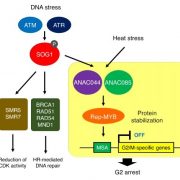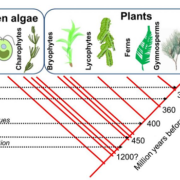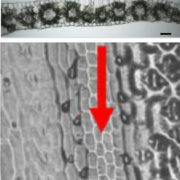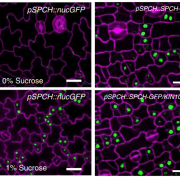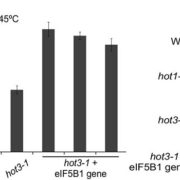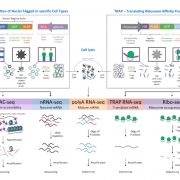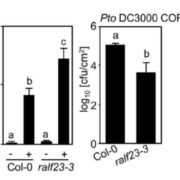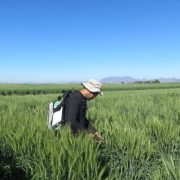Update: Oxygen sensing and integrative stress signaling in plants
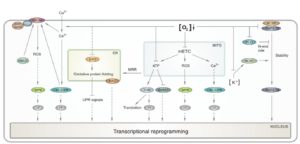 By
By
Plants grow in a dynamic environment and continuously face numerous stress conditions in parallel. This fluctuating environment pushed the evolution of extensive metabolic flexibility (Sweetlove et al., 2010; van Dongen et al., 2011). Flooding is an example of an environmental condition that combines many different stress factors simultaneously, including limited gas diffusion (e.g. of oxygen, carbon dioxide and ethylene), temperature stress, light quality and -quantity, osmotic and oxidative stress. Changes in the internal concentration of oxygen, but also e.g. ethylene are crucial early signals for the initiation of adaptation strategies to flooding (Sasidharan and Voesenek, 2015; Sasidharan et al., in press). Initially, a plant cell responds to nearly all these different types of stresses by using the same set of second messengers (such as ROS, calcium, NO and lipid molecules), and by activating signalling cascades through kinases (Bjornson et al., 2010; Zhu, 2016). This raises the question, how do cells detect and differentiate between stresses.
One fundamental aim in low-oxygen research is to unravel how organisms detect and react to the lack of oxygen and respond to an impairment of their energy metabolism (Ratcliffe, 2013). In both plants (Licausi et al., 2011a; Gibbs et al., 2011; Weits et al., 2014; Gibbs et al., 2014; White et al. 2017) and animals (Loenarz and Schofield, 2011; Ratcliffe, 2013; Bishop and Ratcliffe 2014; Hamanaka et al., 2016) key transcriptional regulators have been identified that regulate the hypoxic response via the integration of cellular signals that are required for their activation (Box 1). Here, we discuss the nature and origin of these various signals under hypoxia that initiate adaptation responses at the transcriptional and (post) translational level and their potential integration points. In addition, we postulate that it is the integration of different signal inputs that defines a response specific to oxygen limitation. Further, we will discuss the state of current methods and technologies to measure plant internal oxygen concentrations.


